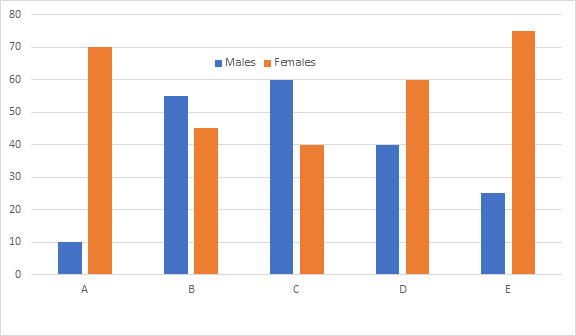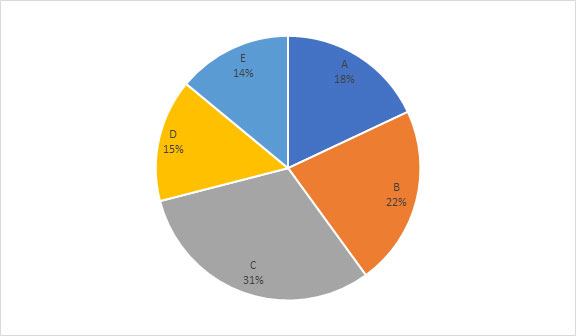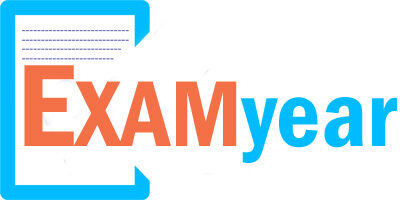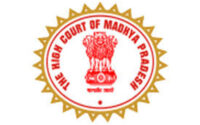New India Assurance Company AO Quantitative Aptitude Question
Directions (1 – 5) : What should come in place of the question mark (?) in the following questions ?
1. {(49)}^{3} ÷ {(7)}^{2} = ?
(1) 2401
(2) 49
(3) 343
(4) 7
(5) None of these
2. 28.217 – 14.241 + 6.873 – 2.434 = ?
(1) 9.419
(2) 18.545
(3) 16.275
(4) 4.669
(5) None of these
3. 712 + 92 X 0.50 – 83= ?
(1) 685
(2) 625
(3) 635
(4) 675
(5) None of these
4. 416 x 38 x 0.4 = ?
(1) 6424.2
(2) 6323.2
(3) 6601.2
(4) 6182.2
(5) None of these
5. ? % of 555 + 28% of 444 = 202.02
(1) 18
(2) 12
(3) 14
(4) 16
(5) None of these
Directions (6 – 10) : What should come in place of the question mark (?) in the following number series?
6. 3 52 88 113 129 ?
(1) 128
(2) 142
(3) 133
(4) 145
(5) None of these
7. 2 3 8 ? 112 565
(1) 36
(2) 14
(3) 27
(4) 45
(5) None of these
8. 6 4 8 23 ? 385.25
(1) 84.5
(2) 73
(3) 78.5
(4) 82
(5) None of these
9. 8 64 216 512 ? 1728
(1) 729
(2) 1331
(3) 684
(4) 1000
(5) None of these
10. 5 11 32 108 444 ?
(1) 1780
(2) 2230
(3) 1784
(4) 2225
(5) None of these
11. An urn contains 3 red and 4 green marbles. If three marbles are picked at random, what is the probability that two are green and one is red ?
(1) 3/7
(2) 18/35
(3) 5/14
(4) 4/21
(5) None of these
12. The simple interest accrued on an amount of Rs. 27,500 at the end of three years is Rs. 10,230. What would be the approximate compound interest accrued on the same amount at the same rate in the same period ?
(1) Rs. 11,550
(2) Rs. 12,620
(3) Rs. 10,950
(4) Rs. 11,900
(5) Rs. 13,500
13. In how many different ways can the letters of the word ‘CASUAL’ be arranged ?
(1) 36
(2) 720
(3) 240
(4) 360
(5) None of these
14. If the numerator of a fraction is increased by 400% and the denominator is increased by 500%, the resultant fraction is 20/27. What is the original fraction?
(1) 9/8
(2) 11/12
(3) ¾
(4) Cannot be determined
(5) None of these
15. The ages of Melwyn and Louis are in the ratio of 7:10 respectively. After 6 years the ratio of their ages will be 17:23. What is the difference in their ages?
(1) 8 years
(2) 4 years
(3) 12 years
(4) 10 years
(5) None of these
Directions ( 16 – 20) : What approximate value should come in place of the question mark (?) in the following questions? (Note : You are not expected to calculate the exact value)
16. 8537.986 – 2416.005 – 221.996 = ?
(1) 6500
(2) 5900
(3) 4300
(4) 3900
(5) 5050
17. 1019.999 + 60.007 = ?
(1) 11
(2) 23
(3) 17
(4) 27
(5) 13
18. 111111 ÷ 1111 ÷ 11 = ?
(1) 1180
(2) 15
(3) 1100
(4) 9
(5) 2
19. \sqrt[3]{5000} = ?
(1) 15
(2) 9
(3) 17
(4) 29
(5) 32
20. 16.001 x 30.999 x 8.998 = ?
(1) 4450
(2) 4800
(3) 4100
(4) 3900
(5) 5000
Directions (21 – 25) : Study the following graph carefully to answer the questions :
Number of Students studying in Different standards of a school (Number in hundreds)

21. What is the approximate average number of girls studying in all the Standards together?
(1) 1193
(2) 1917
(3) 1534
(4) 2246
(5) 2048
22. The number of boys studying in Standard VI is what per cent of the total number of boys studying in all the Standards together? (rounded off to two digits after decimal)
(1) 13.95
(2) 16.21
(3) 10.45
(4) 13.22
(5) None of these
23. The number of girls studying in Standard V is what per cent of the total number of students studying in all the Standards together ? (rounded off to the nearest integer) .
(1) 21
(2) 8
(3) 11
(4) 19
(5) 15
24. What is the respective ratio of the number of boys studying in Standard IV to the number of girls studying in Standard I ?
(1) 11:12
(2) 7:5
(3) 3 : 4
(4) 8 : 3
(5) None of these
25. What is the respective ratio of the total number of students studying in Standard III to the total number of students studying in Standard IV ?
(1) 14: 13
(2) 13: 14
(3) 17: 19
(4) 19: 17
(5) None of these
Directions (26 – 30 ) Study the table carefully to answer the questions that follow :
Percentage Breakup of Total Number of 48000 Accidents Due To Various Vehicles and Ratio of Deaths To Injuries.
| Vehicles | Percentage of Accident | Ratio of Deaths to Injuries |
| Trucks | 18 | 5:7 |
| Buses | 21 | 7:8 |
| Cars | 15 | 3:5 |
| Autos | 13 | 4:6 |
| Motorcycles | 23 | 1:2 |
| Cycles | 10 | 7:9 |
26. What is the number of injuries due to Cycle accidents ?
(1) 1800
(2) 2100
(3) 2450
(4) 1950
(5) None of these
27. The number of Deaths due to Car accidents is what per cent of the total number of accidents due to Cars?
(1) 20
(2) 41.5
(3) 28
(4) 37.5
(5) None of these
28. The number of injuries due to Bus accidents is approximately what per cent of the total accidents due to all the vehicles together ?
(1) 11
(2) 7
(3) 19
(4) 3
(5) 21
29. “What is the total number of Deaths due to Autos and Motorcycles together ?
(1) 6958
(2) 5942
(3) 6176
(4) 7784
(5) None of these
30. What is the respective ratio of number of Deaths due to Truck accidents to the total number of accidents due to all the vehicles together ?
(1) 3:1400
(2) 3 :40
(3) 1:9600
(4) 2 : 23
(5) None of these
Directions ( 31 – 35) : Study the following graph and pie-chart carefully to answer the questions that follow :
Percentage Breakup of Males and Females in the Five Organisations

Percentage Breakup of Employees in Five Different Organisations (Total Number (N) = 35000)

31. Total number of employees in Organisation C is approximately what per cent of total number of employees in Organisation D ?
(1) 147
(2) 279
(3) 312
(4) 207
(5) 183
32. What is the total number of males in all the Organisations together?
(1) 13350
(2) 14700
(3) 15960
(4) 16280
(5) None of these
33. What is the total number of males in Organisations A and C together?
(1) 6125
(2) 8400
(3) 8025
(4) 7400
(5) None of these
34. What is the difference between the number of females in Organisation B and the number of females in Organisation?
(1) 210
(2) 350
(3) 170
(4) 300
(5) None of these
35. What is the number of females in Organisation D ?
(1) 3855
(2) 3250
(3) 3300
(4) 3675
(5) None of these



